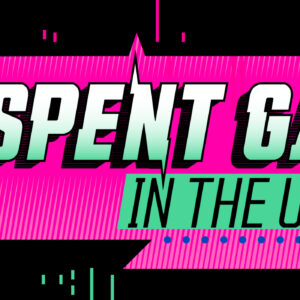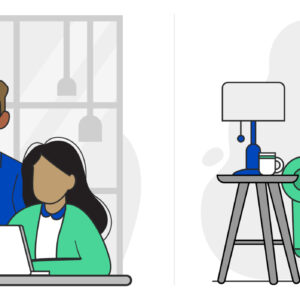The Future of Fiber: Where Do We Go from Here?
Last Updated on February 18, 2021 by hilary bird
In the telecommunications world, fiber refers to the delivery of information—like TV and internet signals—over fiber-optic cables. These cables are made of paper-thin strands of glass or plastic woven together into bundles, translating signals into pulses of light so they can travel through the strands.
Fiber brings with it some great benefits, such as affordable fast internet. But many areas of the United States still don’t have access to this technological advancement. In this article, we’ll explore what fiber is, why it’s so special, and why its expansion is moving so slowly.
What Makes Fiber So Great?
Fiber cables are much different from traditional coaxial cables. These old-school cables transmit electrical signals using insulated copper wire. Compared to fiber optics, coaxial cables move information much more slowly, with the potential for more signal loss and interference.
Fiber-optic cables have tremendous bandwidth— they can move a lot of information quickly and simultaneously, translating into high speeds and symmetrical uploads for users:
- High speeds. Fiber is capable of much higher speeds than traditional cables. That’s why many of the Gigabit connections from Internet Service Providers (ISPs) use fiber technology.
- Symmetrical uploads. Typically, an advertised internet speed is for downloads only—the thought is that download speeds are more important to most users, so more bandwidth is allocated there. Upload speeds tend to be about a tenth of the download speed because of the cable line’s limited bandwidth. But since a fiber connection has such tremendous bandwidth, upload and download speeds are symmetrical.
Where Is Fiber Available?
Fiber lines are actually more common than most people think—in fact, even if your ISP uses cable lines to get internet access to your home, chances are good they get their own internet access from a fiber network.
These cables typically run under most major cities, across countries, and even under oceans—it’s estimated there are almost 750,000 miles of submarine fiber-optic cables spanning ocean floors.
As far as fiber access in homes and businesses, things are a little less advanced. Despite all that worldwide infrastructure, running smaller connections from the central, underground (or undersea) lines out to individual homes is expensive. This is one of the main reasons fiber service is still limited to select areas. With copper cables or DSL systems already in place, it makes more financial sense for ISPs to use what’s already there.
Fiber Is Coming—It’s Just Taking Its Time
To help offset the expense of bringing fiber into homes, providers will often survey areas to gauge interest. If enough interest exists in an area, it becomes much more cost-effective to run the fiber lines, creating a fiber neighborhood.
If a provider doesn’t offer fiber service in your area, chances are there just isn’t enough interest or incentive for them to move in—yet. This situation should improve as more people become interested in high-speed fiber internet.
Existing fiber providers, such as CenturyLink and smaller local start-ups, are continually expanding into new areas to provide the highest possible internet speeds to customers. Demand for these speeds is also increasing as more homes adopt the Internet of Things and smart home tech. It’s likely we’ll continue to see fiber across the country and around the world.








